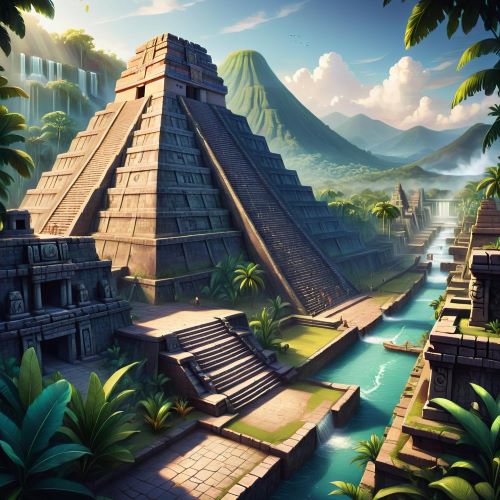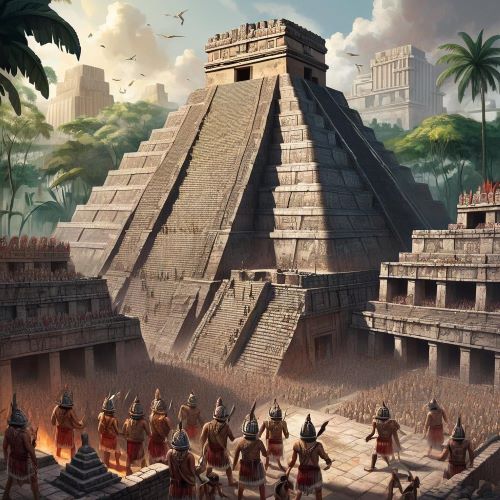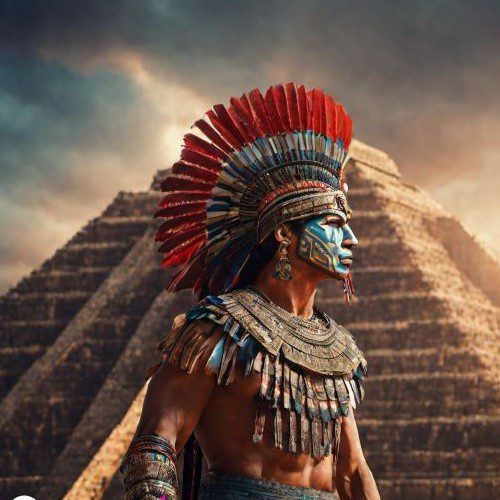Exploring the Otomi – Mexico’s Oldest Indigenous Civilization
The Otomi people are one of the oldest and most enduring indigenous groups in Mexico, with a history that stretches back thousands of years. Known for their resilience, adaptability, and unique cultural identity, the Otomi have played a significant role in shaping the cultural and political landscape of pre-Hispanic and modern Mexico. Their influence can still be felt today, both in their ancestral territories and in the traditions they have kept alive despite centuries of change.
Origins and Early History
The Otomi trace their roots to central Mexico, particularly in the present-day states of Hidalgo, Querétaro, Guanajuato, Tlaxcala, and parts of the State of Mexico. Historical records and archaeological evidence suggest that they were among the earliest inhabitants of the central Mexican plateau, even predating the rise of great civilizations like the Toltecs and Aztecs.
The name “Otomi” comes from the Nahuatl word Otomitl, but the people call themselves Hñähñu or Ñuhu in their own languages. Their origins are linked to nomadic hunter-gatherers who later developed agricultural practices, establishing themselves as skilled farmers cultivating maize, beans, squash, and maguey.
The Otomi in Pre-Hispanic Civilizations
Throughout their history, the Otomi occupied a complex position in the political dynamics of Mesoamerica. They were sometimes allies and sometimes adversaries of dominant powers such as the Toltecs, Teotihuacanos, and later the Aztecs.
Due to their strategic location, the Otomi were often recruited as warriors, particularly known for their fierce resistance against enemies. Despite being overshadowed by the Aztecs in historical accounts, the Otomi were respected for their military skills. Many joined the armies of other city-states or fought to defend their homelands from conquest.
Language and Cultural Identity
The Otomi speak a group of languages belonging to the Oto-Manguean language family, which is considered one of the oldest and most diverse linguistic groups in the Americas. These languages are rich in oral tradition, with myths, legends, and songs passed down for generations.
Their culture is deeply tied to the natural world, reflected in their spiritual practices. The Otomi traditionally practiced animism, believing in a universe filled with spiritual forces and deities connected to nature. Rituals often involved offerings, music, and dance, ensuring harmony between humans and the spiritual realm.
Spanish Conquest and Adaptation
The arrival of the Spanish in the early 16th century brought profound change. Like many indigenous peoples, the Otomi faced devastating population loss due to warfare, disease, and forced labor. However, they also became important allies for the Spanish in their conquests, fighting alongside them in campaigns against the Aztecs and other indigenous nations.
Under colonial rule, the Otomi adapted to new religious systems, incorporating Catholicism into their traditions while preserving many pre-Hispanic beliefs and rituals. This cultural blending can still be seen in festivals, clothing, and community celebrations today.
Modern-Day Otomi
Today, the Otomi population is estimated to be over 600,000, making them one of Mexico’s largest indigenous groups. They live both in rural communities and urban areas, with many still speaking their native language and practicing traditional crafts.
The Otomi are renowned for their textile arts, particularly vibrant hand-embroidered fabrics featuring colorful animals, plants, and geometric designs. These textiles, often referred to as tenangos, have gained international recognition as symbols of Mexican folk art.
Many Otomi communities are also engaged in eco-tourism, sustainable agriculture, and cultural preservation projects. They continue to advocate for indigenous rights, land protection, and the revitalization of their languages.
Legacy and Cultural Influence
The legacy of the Otomi is visible not only in their art and traditions but also in the historical narratives of Mexico. Their contributions as warriors, farmers, artisans, and cultural keepers have shaped the country’s heritage.
Festivals like the Fiesta de la Virgen de Guadalupe in Otomi towns often blend pre-Hispanic rituals with Catholic celebrations, featuring traditional dances, music, and offerings. The Otomi’s enduring cultural pride ensures that their identity remains vibrant in the modern world.
The story of the Otomi is one of survival, adaptability, and creativity — a testament to the strength of indigenous cultures in the face of profound change. From their ancient roots to their thriving modern communities, the Otomi remain a vital part of Mexico’s living history.
No posts were found.









